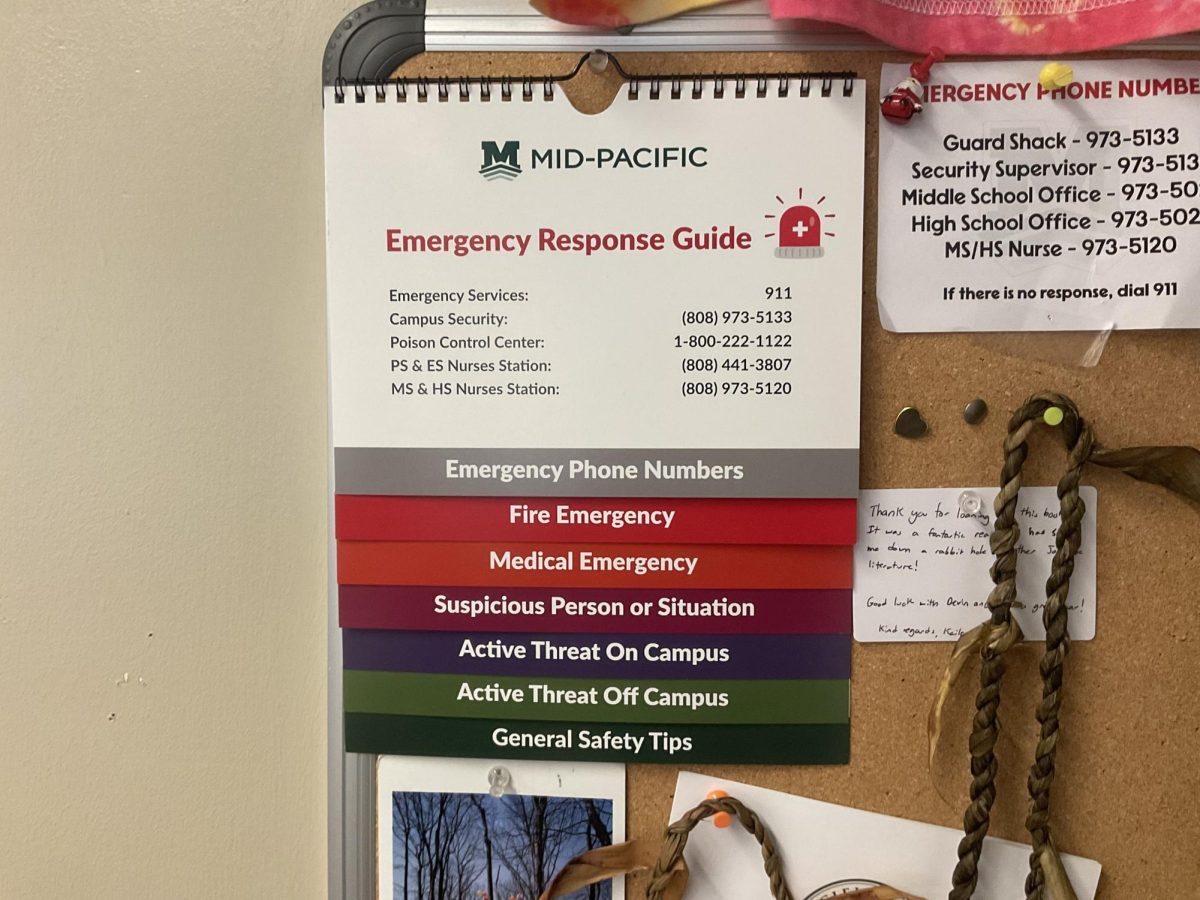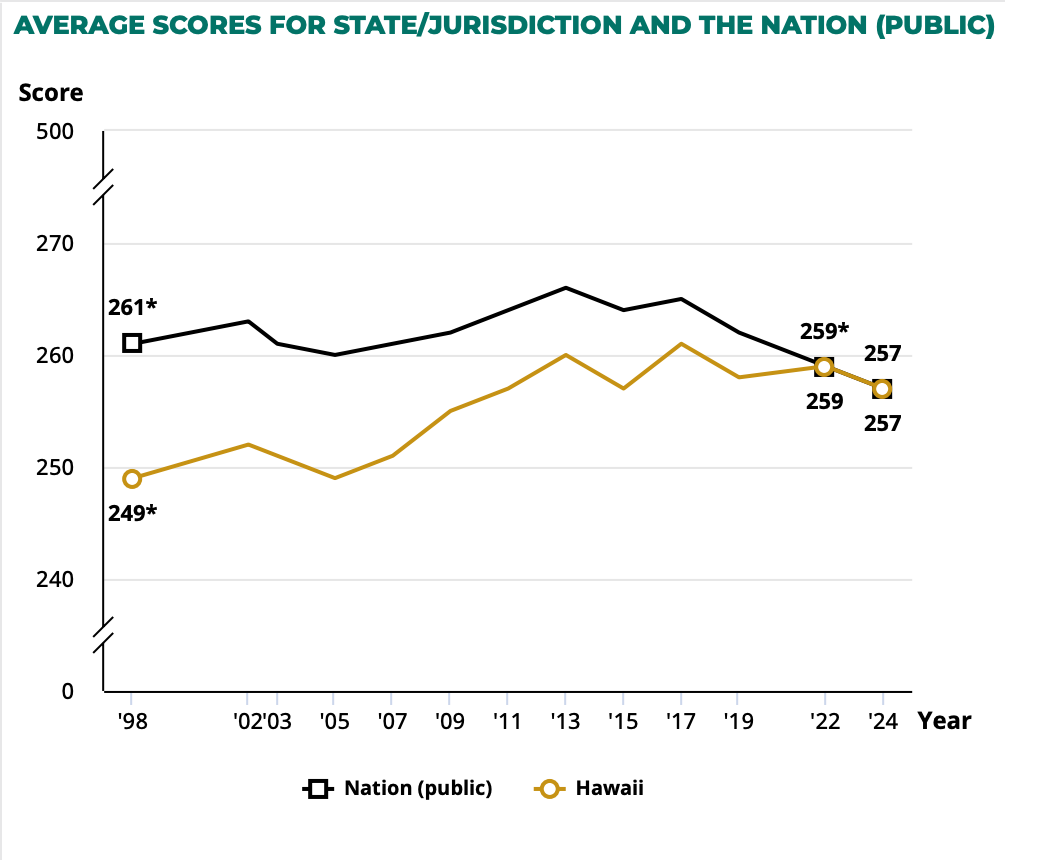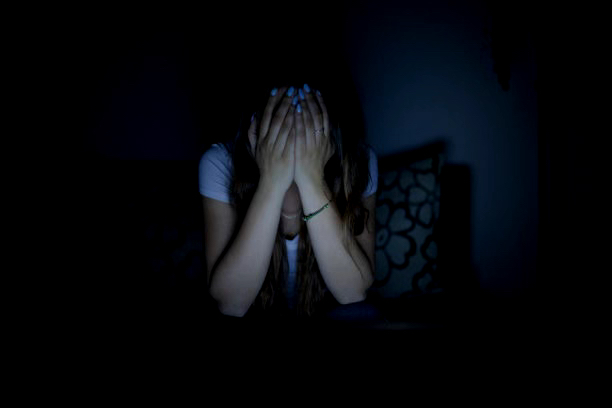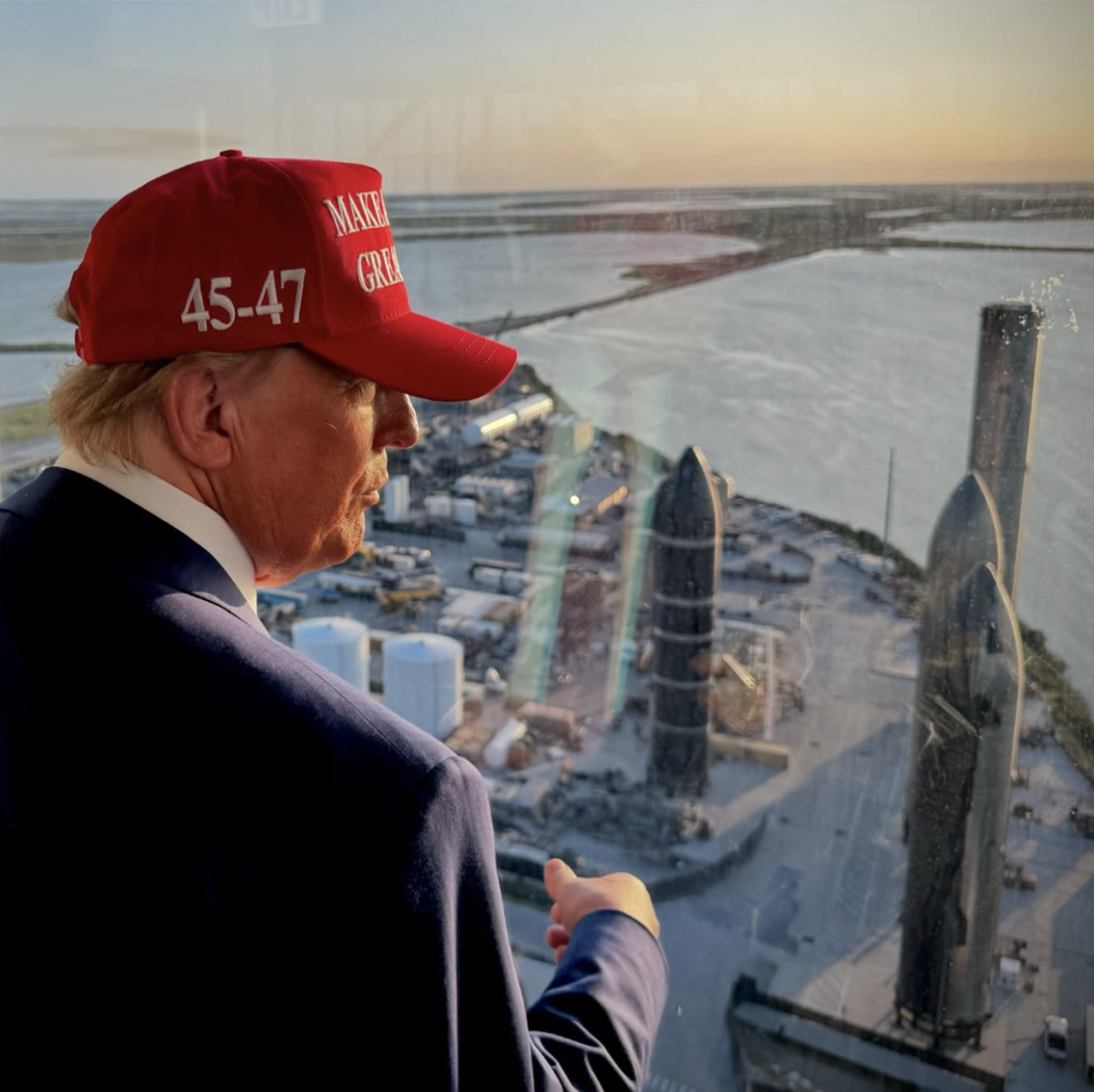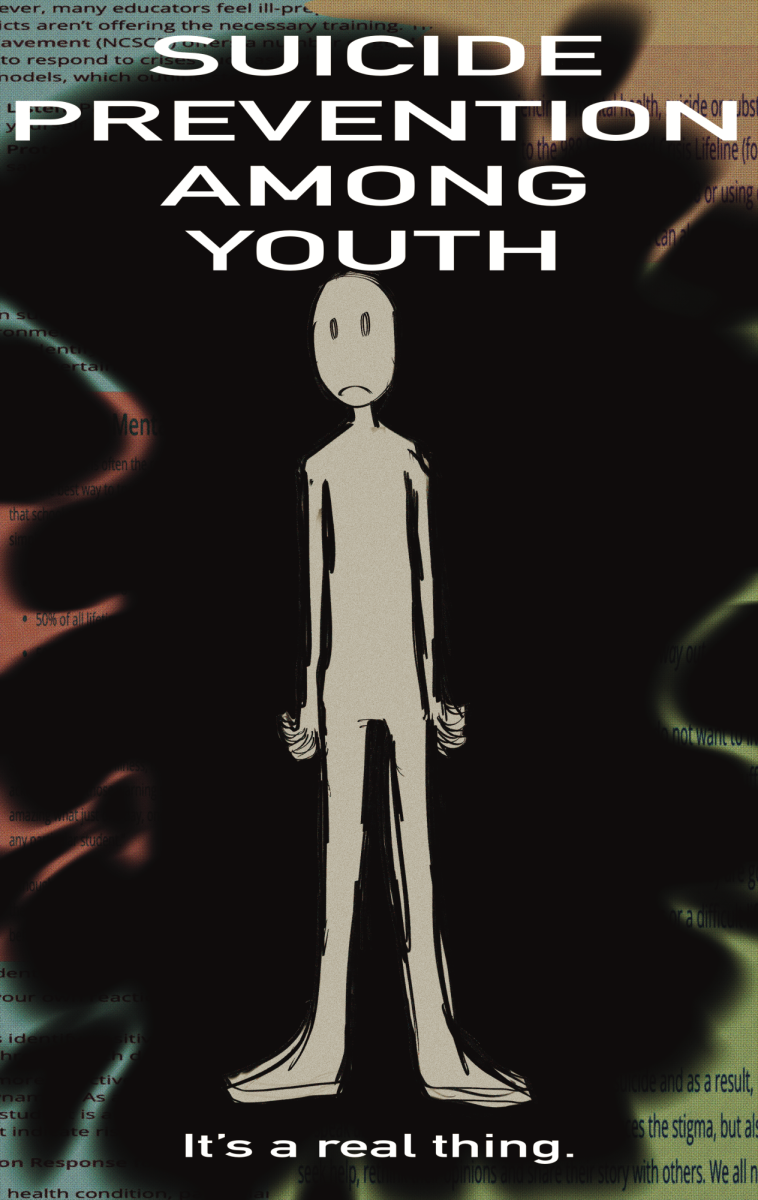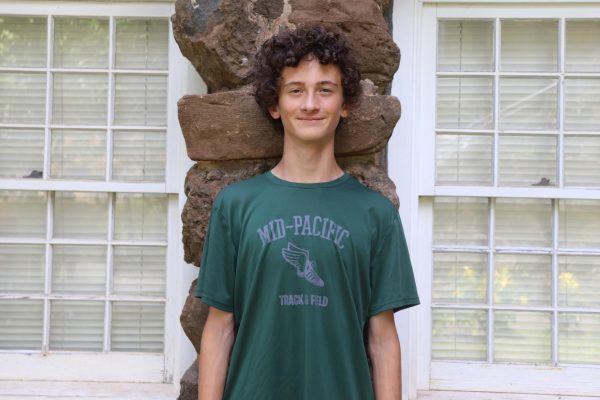When disaster strikes, readiness can mean the difference between chaos or calm. But how much do you know about how the Mid-Pacific works to be prepared for the worst of the worst? On July 29 at 1:24 pm, an 8.8 earthquake off Russia’s Kamchatka Peninsula triggered a tsunami watch for Hawai’i. At Mid-Pacific in Mānoa Valley, no evacuation was needed, but staff were released early so those who had families or homes in danger zones could prepare and evacuate. According to Director of Facilities and Maintenance Services Angel Allas, the school acted fast.
“We sent everyone home early. So that if they were living in an evacuation zone, they could evacuate or help their families evacuate as well.” Mr. Allas noted.
Although the tsunami was not near Mid-Pacific, and only caused minimal damage to Oahu, the event served as a testament to how Mid-Pacific’s disaster procedures work and why readiness matters, even when the threat is far away from campus. It showed how quickly they responded and made sure everyone was safe and could make sure their families were safe.
The warning affected everyone, but not everyone reacted the same.
“I tried to keep all my electronics at 100%, just in case of emergencies and stuff like that.” sophomore Kingston Nicol commented.
Regardless of where people were during the tsunami, Hawaii’s isolation as an island makes disasters like these uniquely dangerous.
“We’re literally in the middle of the ocean, you know, [a tsunami] would affect the food supply here and everything else.” sophomore Linnaea Keir said.
While minimal damage ultimately was caused on Oahu, its exposure to various natural disasters raises the question of how Mid-Pacific plans for emergencies.
According to Allas, Mid-Pacific is in contact with the state’s emergency management group, and follow what the state agencies recommend.
This government department monitors for possible emergencies, and notifies all city, state, federal, private, corporate, and non-government entities. Mid-Pacific not only receives notifications, but also instructions and recommendations on how to be safe and protect everyone in danger.
Recently,Hurricane Kiko posed a possible threat to Oahu. In response, Mid-Pacific set up sandbags around weak points on campus. While the hurricane never ended up making landfall, if there was even a small chance it would come, Mid-Pacific would react.
Emergency notifications and updates are shared on the speaker system that is installed in almost every corner of Mid-Pacific’s campus, and all faculty and staff have been trained on emergency procedures.
“The most important thing is for the students to know that their teachers, office personnel, [and] everybody in operations have been trained to deal with almost every type of emergency,” Allas said.

